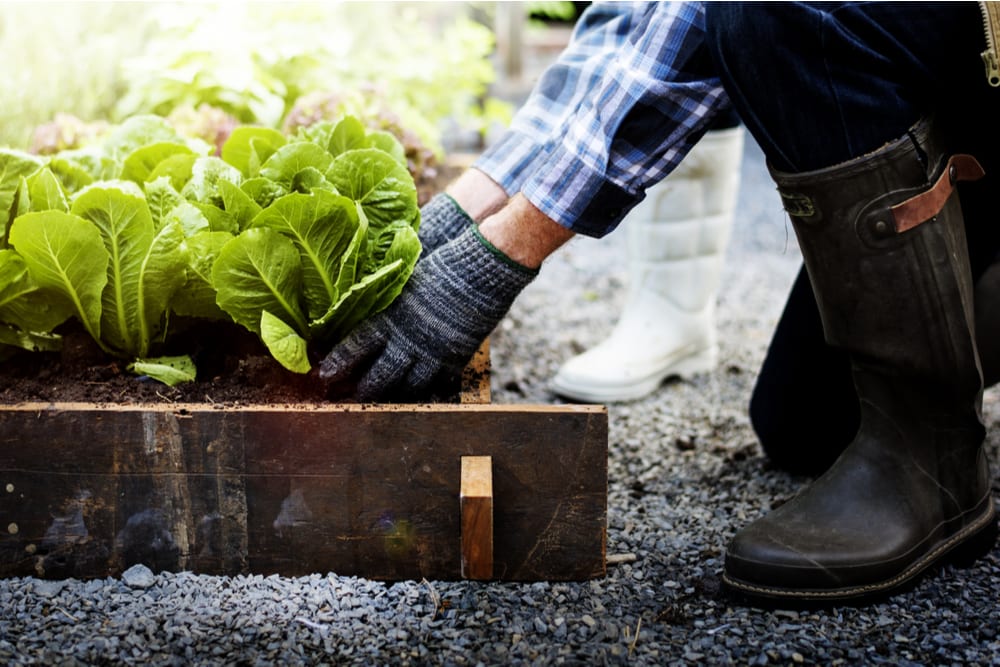
How To Start Your Very Own Vegetable Garden
Imagine having your own sustainable vegetable garden in your backyard that provides you with regular fresh produce day in and day out.
Other than the rich and fertile lands in Australia, coupled with the prime planting season having a garden can be very satisfying and fulfilling.
If this is your first time to vegetable gardening, you can always start small and work your way towards adding more varieties as you go along.
New and inexperienced gardeners often make the mistake of planting too much right away, instead of starting with two to three crops varieties to experience the regular maintenance and care practices before increasing your crop varieties.
Here are some important elements you need to consider before you start your own vegetable garden.
Location
In order for your vegetable crops to grow and thrive properly, it is essential to consider the location to take advantage of the rich and fertile area of your property.
Try looking for a spot where the area gets good sun exposure since plants need at least six hours of sunlight each day. But make sure that the area can be provided shade especially during the afternoon against the harsh Australian summer.
You may also consider accessibility to the garden that way you may be able to observe and monitor it at any time of the day.
Find garden options that suit your available space
There are a lot of options for creating your garden and which vegetable types you can grow. It does not matter if you have a small balcony or courtyard there are a lot of ways that you can make use of available spaces to start your garden.
If you have ample space, you can take advantage of in-ground garden beds where you can plant directly on the ground.
If you have limited space, there are numerous options such as raised or layered garden beds, which can be ergonomically beneficial as well as there’s no need for you to bend over most of the time since the plant is within your easy reach.
Wicking beds may be a bit challenging, but when done properly and correctly yield excellent results. This is ideal in dry or humid areas where there is not much water on the ground surface.
Vertical gardens, on the other hand, are good for those with very limited space, especially when living in a condominium complex or apartment unit. It is ideal for growing compact greens, as well as some fruits and vegetables such as tomatoes, strawberries, etc.
Use the best potting soil
Having great soil is essential to your vegetable garden. You can make your own garden soil by composting by adding organic matter and waste into the soil to boost its nutrient density.
Use loose and loamy soil to allow plant roots to penetrate the ground easily.
Choose appropriate plant varieties for your climate and area
It is important to do your research on what vegetable types could thrive in your area’s climate. In most parts of Australia, common vegetable and plant types that thrive easily are bush cherry tomatoes, Asian greens, spinach, lettuce, peas, capsicum, select herbs, and eggplants.
Planting flowers or herbs next to vegetable crops helps create bio-diversity and help attract insects that are beneficial to crops.
Provide protection for your garden
Water your crops regularly and make sure to provide protection for the harsh summer sun and wind by repurposing old umbrellas, bed-sheets, or garden nets to provide shade and protect your crops from insect and animal intruders.
Regularly add nutrients to the soil composting or fertilising the plots to maintain their healthy growth.
Having your own garden can give you hours of enjoyment and satisfaction, as well as benefit from its therapeutic properties. You also get to enjoy fresh and abundant produce day after day.